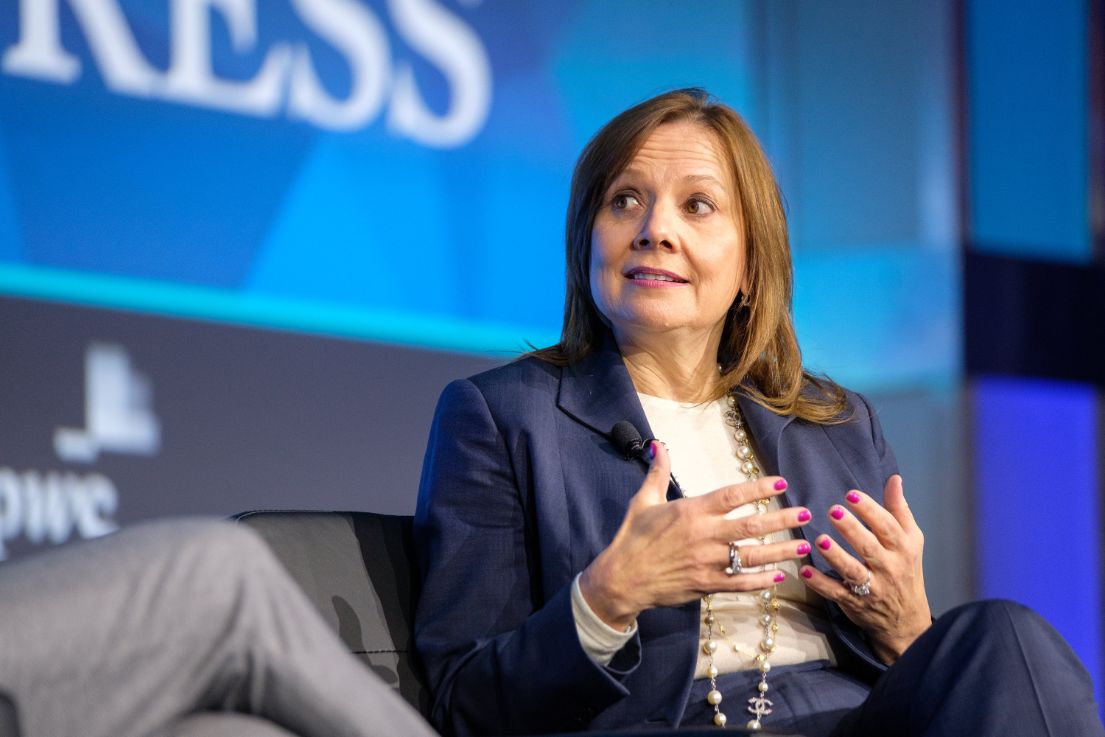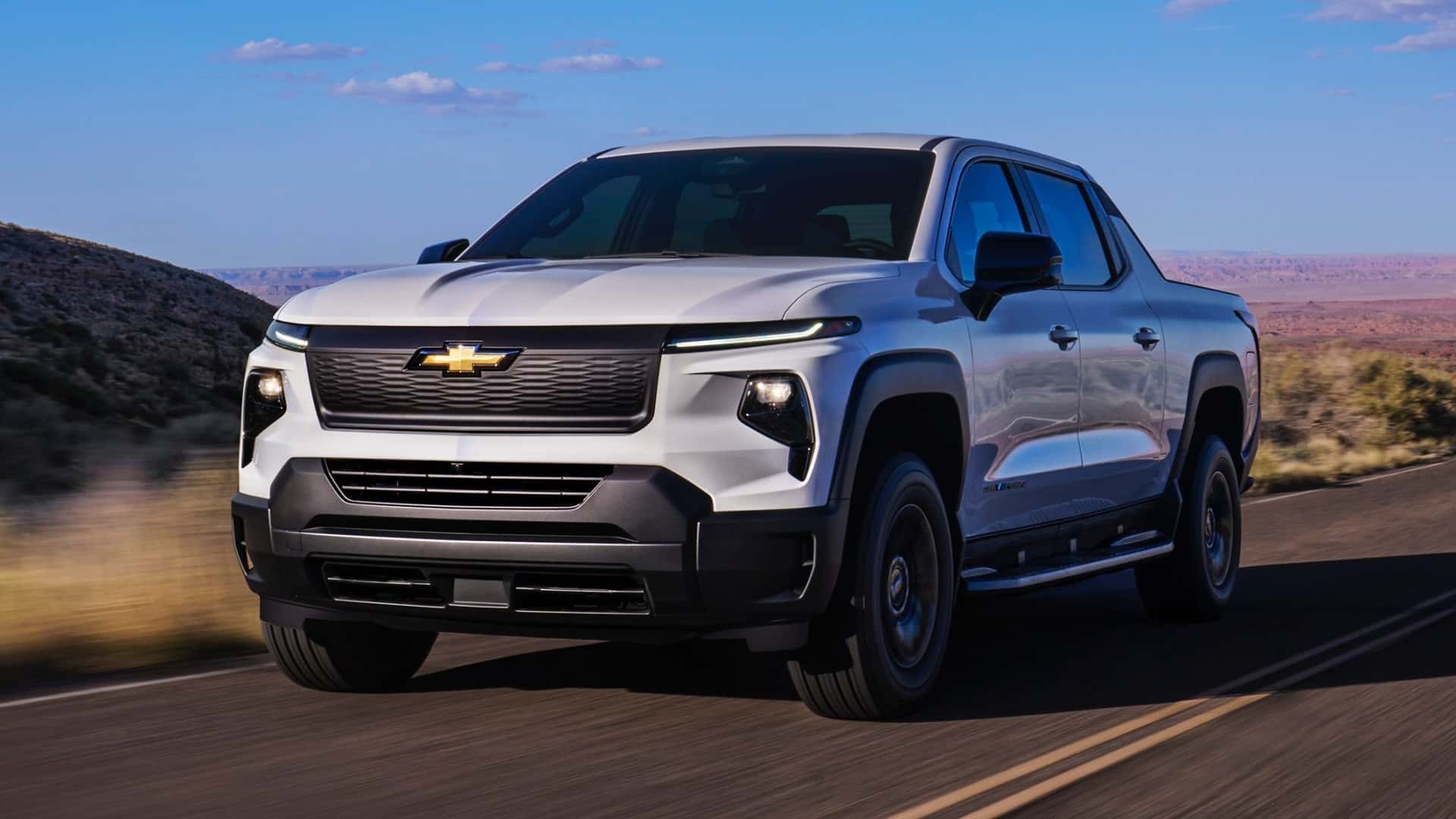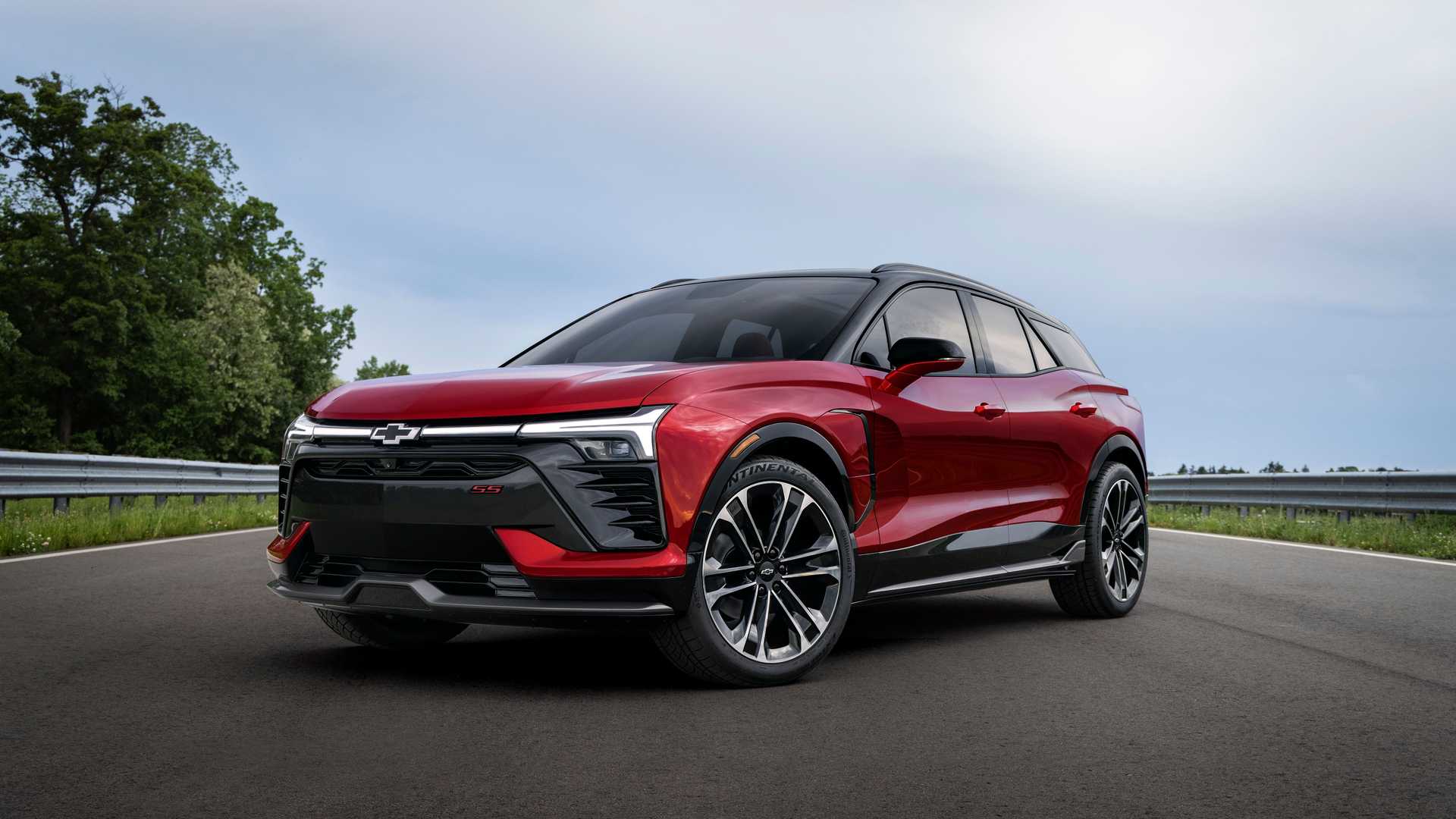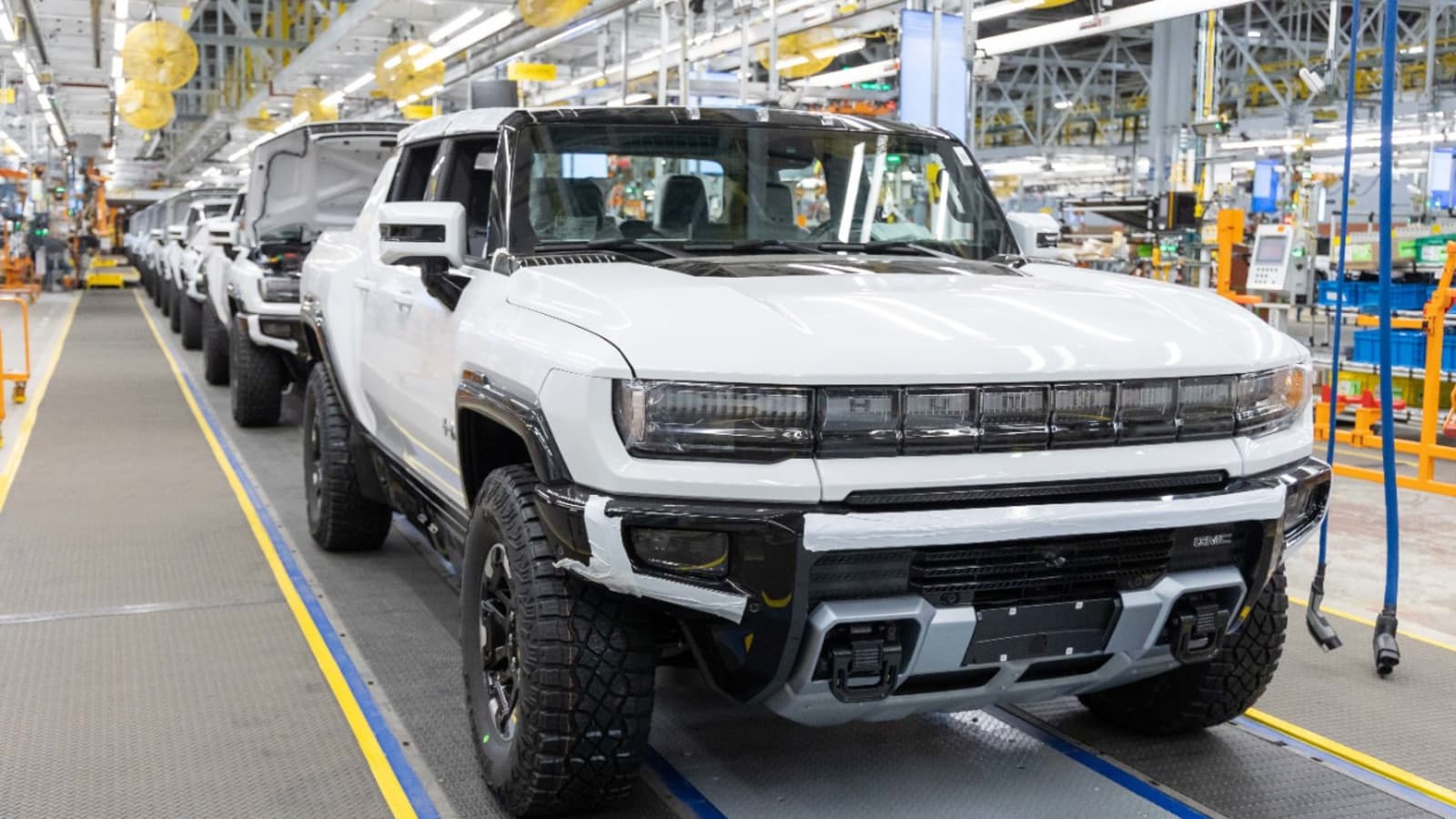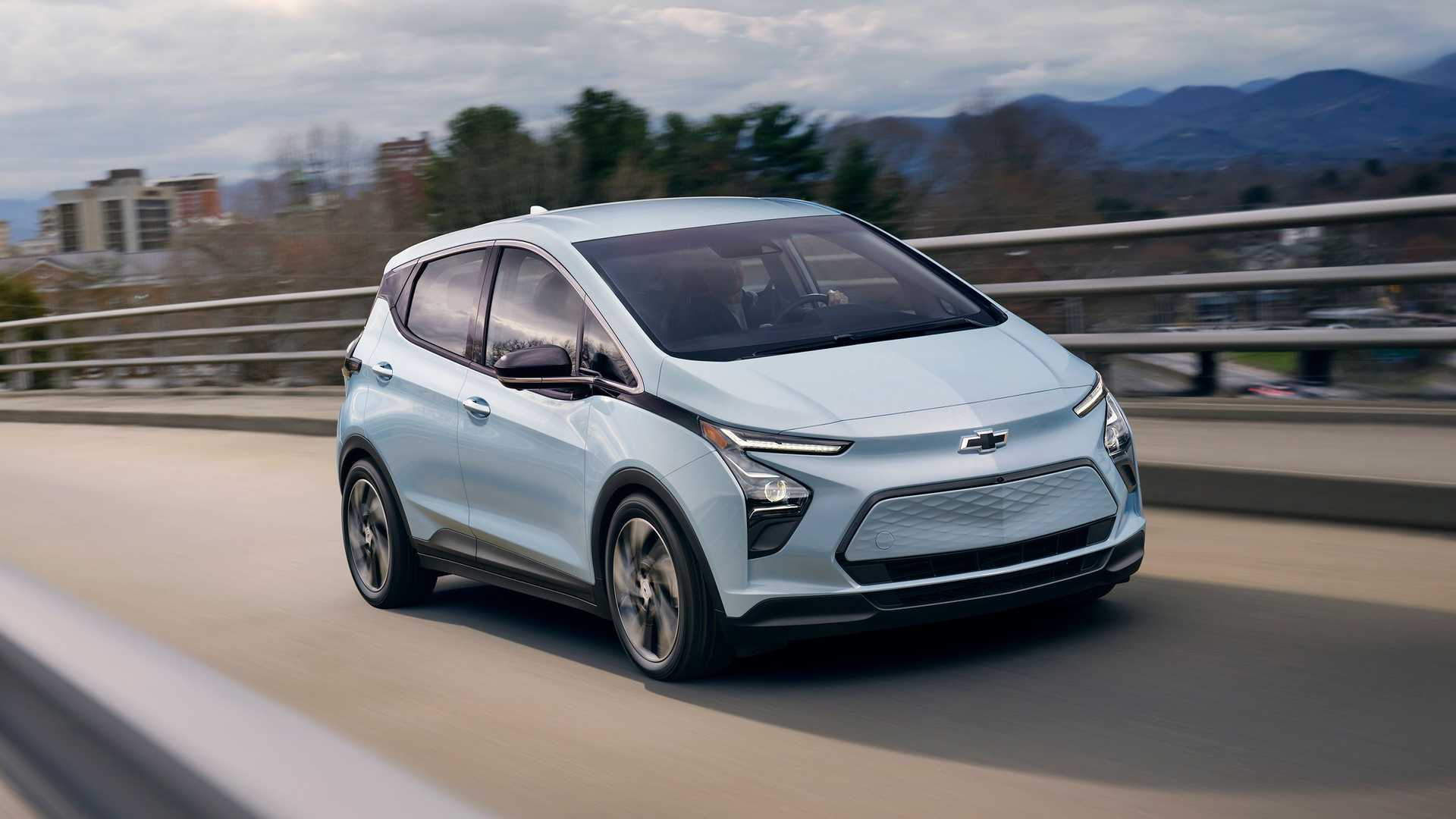In an interview at the Aspen Ideas Festival, General Motors’ (GM) CEO Mary Barra shed light on the automaker’s transition to becoming an all-electric company by 2035. Barra’s commitment to setting a specific timeline for the shift has spurred internal discussions on how to achieve this ambitious goal. Despite facing supply chain hurdles, GM is determined to catch up to and surpass Tesla as the leading electric vehicle (EV) seller in the United States.
While GM produced just over 39,000 fully electric vehicles last year compared to Tesla’s 1.4 million, Barra expressed confidence in the automaker’s ability to bridge the gap. She acknowledged that the company’s transition from the Volt to the second-generation Bolt EV and EUV contributed to slower production. The Bolt, although a popular and affordable electric car in the US, was an electric adaptation of an internal combustion engine (ICE) powertrain, leading GM to develop a dedicated EV platform called Ultium due to the Bolt’s limited range and performance.
However, GM’s progress has been constrained by battery production. To address this, the company has plans for four EV battery plants in the US, with one already operational in Warren, Ohio. As these facilities come online, GM aims to produce 400,000 EVs by mid-2024 and one million by 2025. These targets will support the release of several Ultium-based vehicles, including the Hummer EV pickup, Silverado EV, Blazer EV, and Equinox EV, all scheduled for launch by the end of this year.
Barra emphasized that GM’s understanding of its customers’ preferences, along with a diversified strategy encompassing affordable options, luxury models, pickups, and SUVs, will help the automaker maintain its leadership role in the US auto industry. The company’s “EVs for everyone” approach focuses on strategic offerings rather than replicating its ICE portfolio.
Looking ahead, the discontinuation of the Bolt EV later this year has raised questions about its successor. Barra teased the introduction of a next-generation model based on the Ultium platform, highlighting its significance within GM’s lineup.
GM’s recent decision to adopt Tesla’s NACS connector demonstrates the company’s commitment to providing customers with the best possible charging experience. Barra explained that the selection of NACS was based on factors such as durability, reliability, and cost-effectiveness. By embracing this connector, GM plans to expand its charging infrastructure from 13,000 to 25,000 stations across the US, bolstering EV adoption.
Barra acknowledged Tesla’s position as both a partner and a competitor, particularly in light of the NACS deal. She emphasized that the decision was in the best interest of customers, as many other original equipment manufacturers (OEMs) have also embraced the NACS standard.
As GM continues to navigate supply chain challenges and expand its EV production capabilities, the automaker remains determined to achieve its goal of surpassing Tesla and solidifying its position as a leader in the rapidly evolving electric vehicle market.

